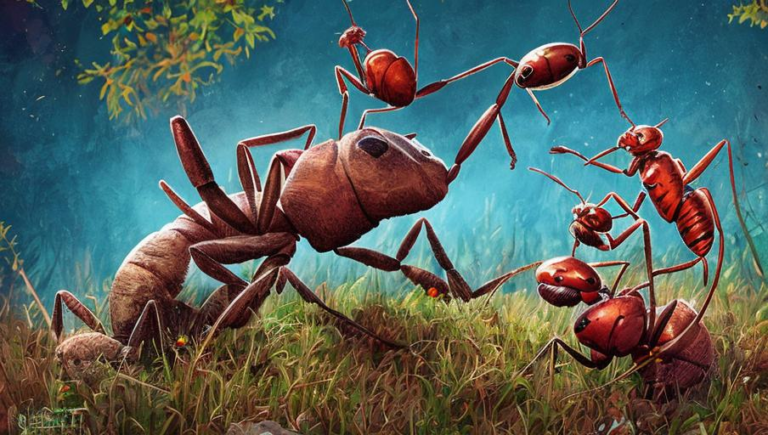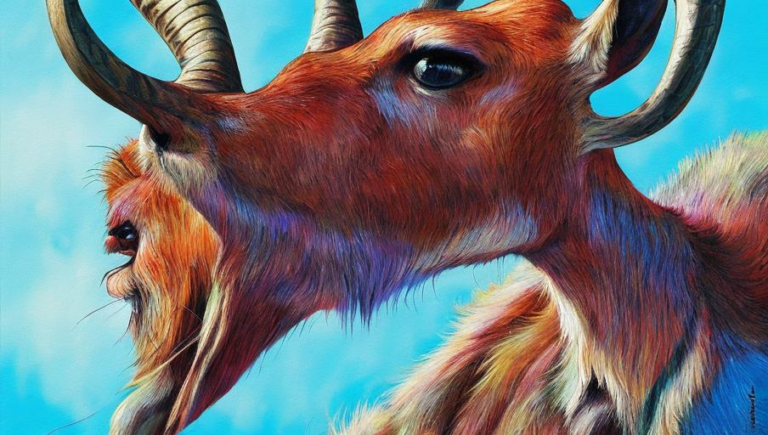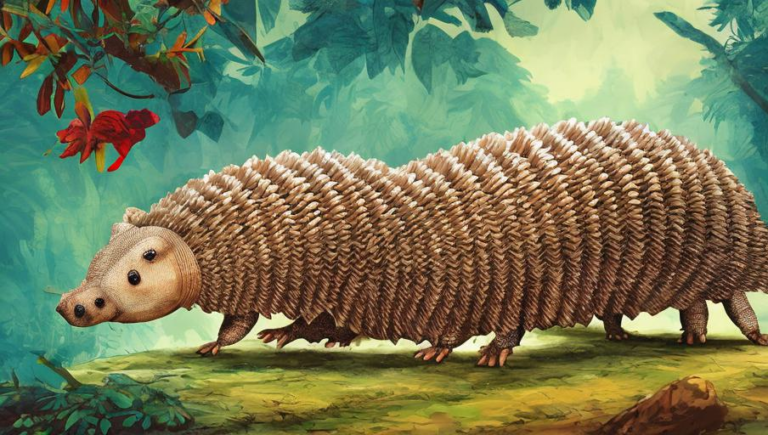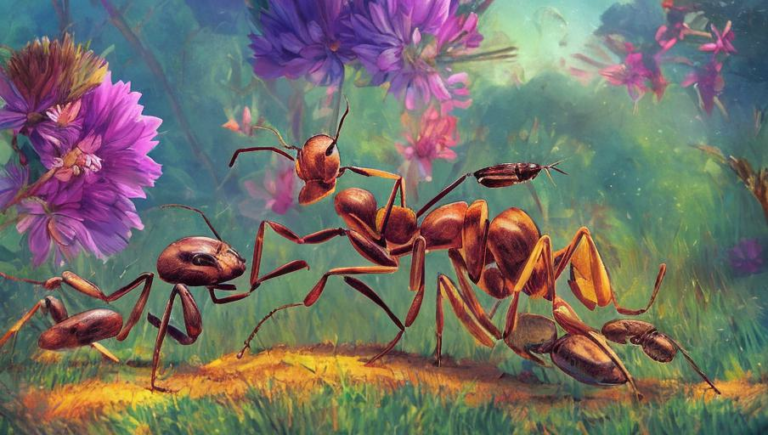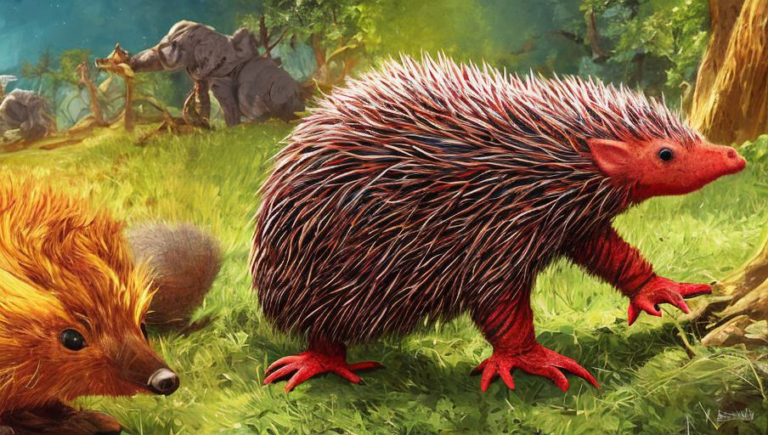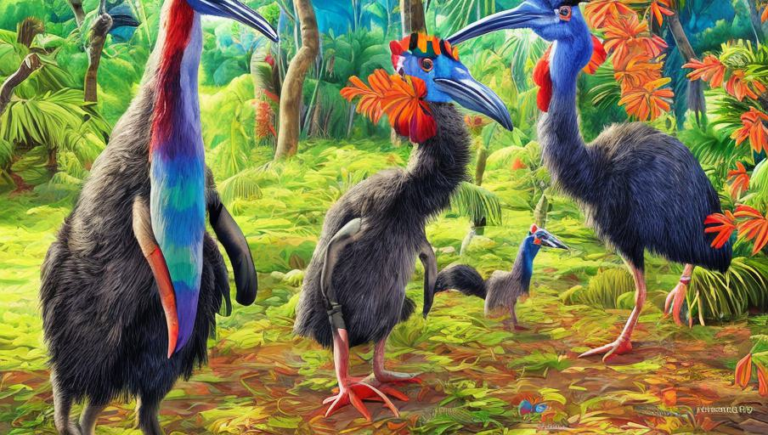A Closer Look at the Aardvark
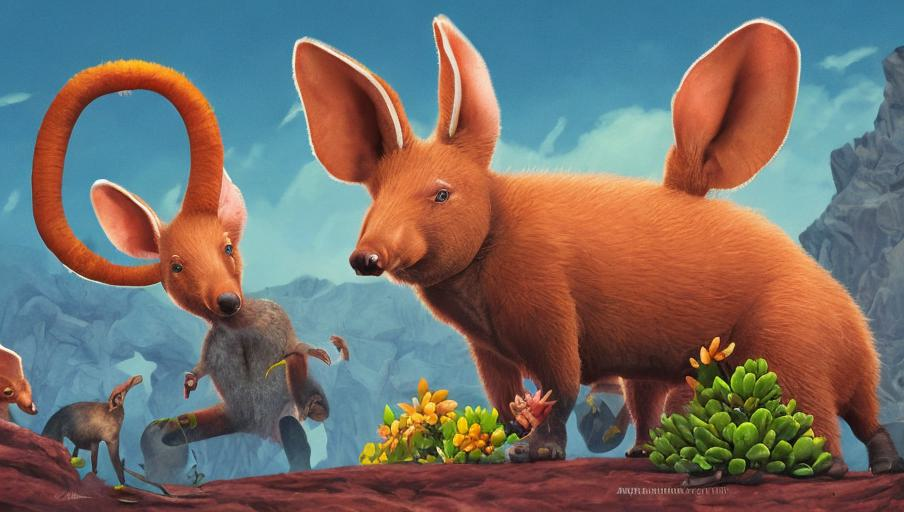
Introduction to the Aardvark
The Aardvark is an amazing creature, often overlooked and underappreciated. It is the only living species of the Tubulidentata order, and although it is often mistaken for an anteater, it is actually more closely related to elephants and sea cows. Its unique physical characteristics make it an interesting creature to observe and learn about.
Physical Characteristics
The Aardvark is a medium-sized mammal, measuring up to 7 feet long and weighing up to 80 pounds. Its most notable feature is its long snout, which is adapted to help it dig and search for food. It has huge ears, a long, sticky tongue, and curved claws that help it to dig burrows and search for food. Its fur is usually grayish-brown in color, and its tail is thick and can measure up to 18 inches in length.
Habitat and Diet
The Aardvark is found in open grasslands and savannahs of Africa, from Senegal to Ethiopia. It is primarily nocturnal, and prefers to live in areas with loose soil that is easy to dig. Its diet consists mainly of ants and termites, which it uses its long tongue to catch. It will also eat other insects, and is known to eat fruit and vegetables when available.
Mating and Reproduction
The Aardvark has a polygynous mating system, in which the males will mate with multiple females. The mating season usually occurs between May and October, and the female will give birth to a single offspring after a gestation period of seven months. The newborn Aardvark is typically weaned after six months, and will reach maturity at around 18 months of age.
Conservation Status
The Aardvark is listed as a species of least concern by the International Union for Conservation of Nature. It is not currently threatened, but it is threatened by habitat destruction, poaching, and the illegal pet trade. It is also vulnerable to changes in its environment, such as climate change, that can affect its food sources and breeding grounds.
Conclusion
The Aardvark is a fascinating creature, and one that deserves more attention. It is an amazing example of adaptation and evolutionary success, and it is important to understand and protect this species and its environment. By doing so, we can ensure that the Aardvark and its unique characteristics will be around for generations to come.
